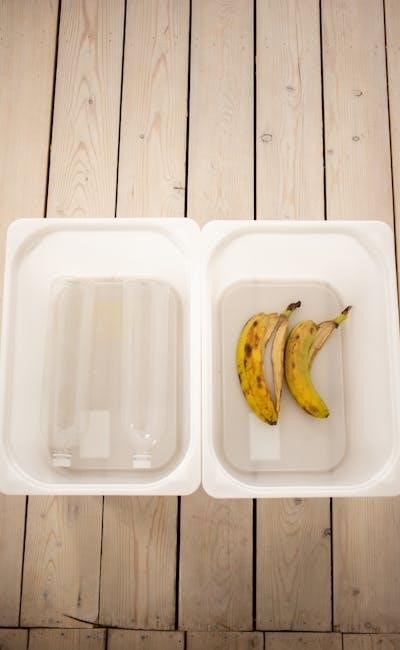
Waste management is a critical component of modern infrastructure, directly impacting public health and environmental impact. The term “dump,” while colloquially understood, encompasses a diverse range of facilities designed for the handling of refuse, garbage, and trash. This article provides a detailed examination of the various types of waste disposal sites, their functionalities, and associated considerations regarding sustainability and pollution control. The waste stream itself is complex, comprising municipal solid waste (MSW), industrial waste, construction debris, demolition waste, electronic waste (e-waste), medical waste, and green waste, each requiring specific handling protocols.
Historical and Contemporary Waste Disposal Methods
Historically, open dumps were the predominant method of waste disposal. These unregulated sites posed significant health and environmental risks due to uncontrolled decomposition, leachate contamination of groundwater, and the proliferation of disease vectors. Illegal dumping continues to be a problem, exacerbating these issues. Modern practices have largely moved away from open dumping towards more engineered solutions.
Engineered Landfill Systems
The most common method of MSW disposal today is the sanitary landfill. These facilities are engineered to minimize environmental hazards. Key features include:
- Lining Systems: Impermeable barriers to prevent leachate migration.
- Leachate Collection: Systems to capture and treat contaminated water.
- Gas Collection: Removal of methane, a potent greenhouse gas, often for energy resource recovery.
- Capping: Covering the landfill with layers of soil and vegetation to control odors, pests, and rainwater infiltration.
A more advanced type is the bioreactor landfill, which actively manages decomposition through aeration and moisture control, accelerating gas production and volume reduction.
Specialized Waste Handling Facilities
Beyond landfills, several specialized facilities address specific waste types:
- Recycling Center: Processes materials like paper, plastic, glass, and metal for reuse, promoting waste reduction.
- Transfer Station: A facility where waste is consolidated before being transported to a landfill or processing facility, optimizing transportation efficiency.
- Scrap Yard: Primarily handles metal scrap for recycling.
- Composting Facilities: Biologically decompose green waste and organic materials into nutrient-rich soil amendments.
- Hazardous Waste Treatment Facilities: Designed for the safe handling, treatment, and disposal of hazardous waste, including chemicals, solvents, and certain types of batteries.
Dealing with Specific Waste Streams
Certain waste streams require unique approaches:
- Electronic Waste (E-waste): Contains valuable materials but also hazardous substances; requires specialized dismantling and recycling.
- Construction & Demolition Waste: Often contains reusable materials like wood, concrete, and metal; inert waste can be used as fill.
- Medical Waste: Requires stringent handling and sterilization protocols to prevent the spread of infection.
Site Remediation and Redevelopment
Brownfield sites, often former industrial or commercial lands contaminated by past activities, may require extensive remediation before redevelopment. Landfill sites, once closed, can also undergo remediation and be repurposed. Container deposit systems are a form of extended producer responsibility that encourages recycling and reduces landfill burden.
Effective waste management necessitates a holistic approach, prioritizing waste reduction, reuse, and recycling alongside responsible disposal practices. The ultimate goal is to minimize the environmental impact of waste and move towards a more circular and sustainable system.



This article presents a commendably thorough overview of waste management practices, progressing logically from historical deficiencies to contemporary engineered solutions. The delineation of various waste stream compositions is particularly insightful, highlighting the nuanced challenges inherent in effective disposal. The emphasis on leachate and gas management within sanitary landfills demonstrates a strong understanding of environmental mitigation strategies. A valuable resource for both practitioners and those seeking a foundational understanding of the field.
The presented analysis of waste disposal methodologies is both comprehensive and well-articulated. The clear distinction between open dumps and engineered landfill systems, coupled with the detailed explanation of bioreactor landfill technology, is particularly noteworthy. Furthermore, the acknowledgement of specialized waste handling requirements underscores the complexity of modern waste management. The article effectively establishes the critical importance of sustainable practices and pollution control within this essential sector of public infrastructure.